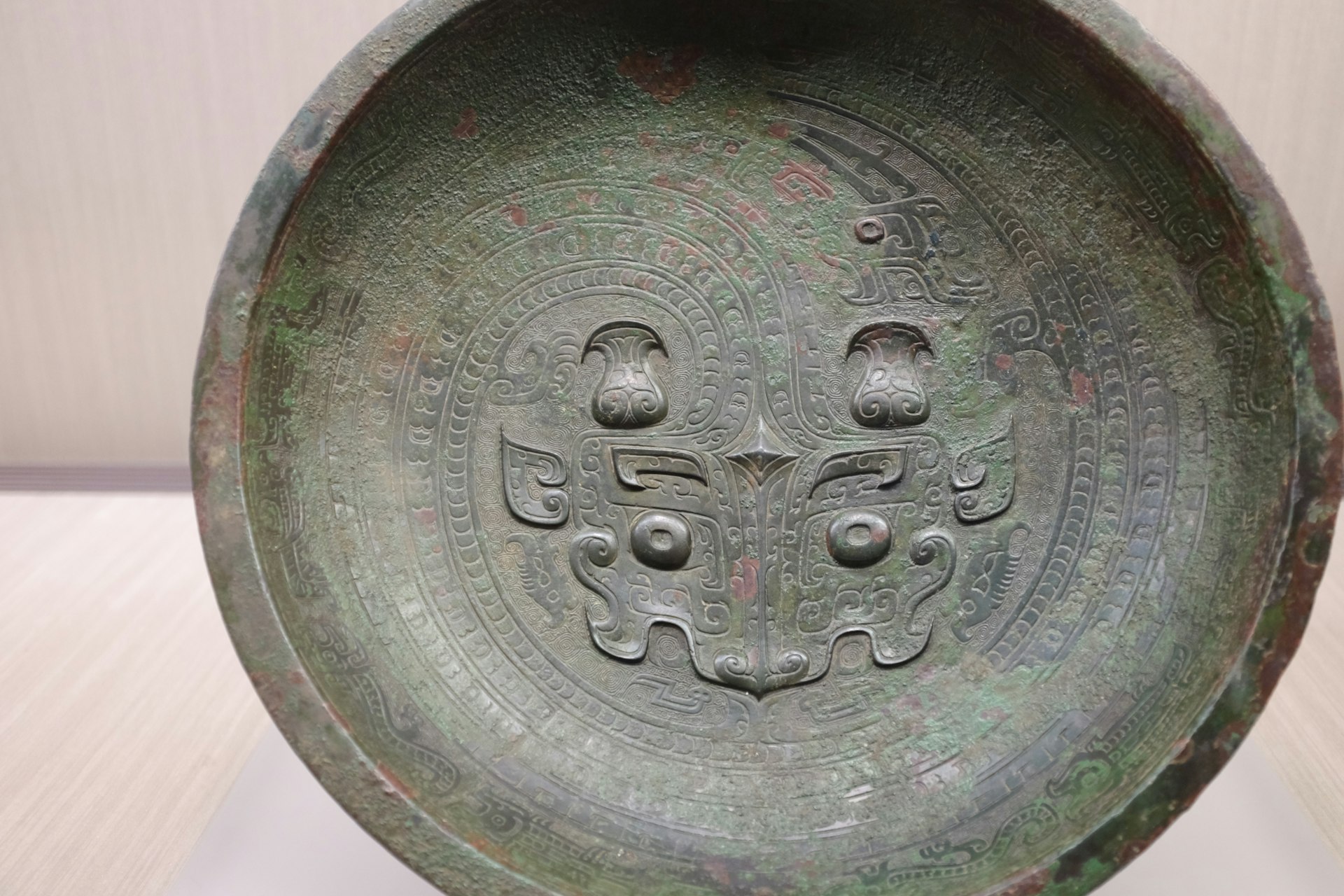Uncovering the Forgotten Inventions of Ancient China: Lost Innovations That Shaped the World


Photo by MChe Lee on Unsplash
Introduction: Rediscovering Ancient Chinese Ingenuity
Ancient China is renowned for its Four Great Inventions-papermaking, printing, gunpowder, and the compass. However, history often overlooks a vast array of lesser-known inventions that profoundly influenced technology and society worldwide. This article delves into these forgotten innovations, examines their real-world impact, and provides guidance for further research and exploration.
Forgotten Inventions and Their Lasting Impact
1. The Seismometer: Early Earthquake Detection
One of the earliest scientific instruments in recorded history, the seismometer was invented by Zhang Heng in 132 AD. This sophisticated device could detect the direction of distant earthquakes, a feat unmatched elsewhere for centuries. Shaped like a large urn with dragon and toad motifs, it used a pendulum mechanism to drop a ball from a dragon’s mouth into a toad’s, indicating the quake’s origin. Although the original device was lost, modern reconstructions confirm its ingenuity and accuracy, demonstrating the advanced scientific thinking of Han-era China [1] .
To explore more about ancient seismology, visit your local science museum or search for “Zhang Heng seismometer reconstruction” in academic databases.
2. Mechanical Clocks: The Dawn of Automated Timekeeping
While mechanical clocks are often associated with medieval Europe, the first was invented in China by Buddhist monk Yi Xing in 725 AD. Using water-driven gears, it marked time with bells and drums. Later, Su Song’s 11th-century clock tower employed advanced escapement and chain drive technology. These innovations set the foundation for modern clockmaking and automation [1] .
Modern horology enthusiasts can find detailed diagrams by searching “Su Song clock tower” and consulting museum archives dedicated to technological history.
3. Cast Iron and Advanced Metallurgy
China pioneered the production and use of cast iron as early as the 5th century BC, centuries before Europe. Innovations included blast furnaces and annealing techniques that enabled the creation of durable tools, weapons, and even architectural elements. These metallurgical advances supported agricultural productivity and military strength, fueling China’s rise as a powerful civilization [1] .
You can learn more about ancient metallurgy by visiting historical exhibitions or searching for “ancient Chinese cast iron production” in academic journals.
4. The Crossbow: Revolutionizing Warfare
Evidence shows that crossbows were used in China as early as 2000 BC, featuring advanced trigger mechanisms and standardized production. The repeating crossbow, developed during the Warring States period, allowed for rapid fire and was a key factor in military strategy. These designs influenced weaponry development across Asia and eventually Europe [1] .
If interested in historical weaponry, search for “ancient Chinese crossbow mechanism” in museum catalogs or scholarly databases for detailed studies and reconstructions.
5. Chain Drive and Early Machinery
Su Song’s 11th-century clock tower also featured the world’s earliest known endless power-transmitting chain drive. This technology, now fundamental to bicycles and industrial machinery, originally enabled the transmission of rotational force in complex clockwork mechanisms [3] .
For hands-on exploration, consider visiting technology museums or searching for “Su Song chain drive” and “ancient Chinese mechanical inventions” in reputable engineering history resources.
6. Gas Lighting and Pipelines
During the Spring and Autumn period (about 500 BC), Chinese engineers developed bamboo pipelines to transport natural gas and brine over long distances for lighting and heating. This early use of fossil fuels predates Western adoption by millennia and showcases China’s resourcefulness in harnessing energy sources [3] .
To investigate ancient energy technology, search for “ancient Chinese gas pipelines” in academic publications or university library collections.
7. Ancient Alcohol Brewing
Archaeological discoveries in Henan province indicate that alcoholic beverages were produced in China as early as 7000 BC, predating similar developments elsewhere. Alcohol played a significant role in ritual offerings, celebrations, and even early medicine [2] .
Those interested in ancient brewing techniques can search for “Neolithic Chinese alcohol production” in scholarly databases or contact local anthropology departments for further resources.
How to Access Resources and Research Forgotten Inventions
For those seeking deeper knowledge or wishing to access original sources, consider the following strategies:
- Museum Collections: Contact national museums with Chinese history collections, such as The Smithsonian’s Freer Gallery or the British Museum’s Asian collections. Many offer searchable online catalogs and virtual tours.
- Academic Libraries: Use university library databases to search for peer-reviewed articles on specific inventions. Recommended search terms include “ancient Chinese technology,” “Han dynasty inventions,” or the specific invention’s name.
- Expert Consultation: Reach out to professors in East Asian studies or the history of science at accredited institutions. Many departments provide public resources or may respond to queries for further reading.
- Online Databases: Explore public digital archives such as JSTOR or Project MUSE, which include historical and archaeological journals detailing ancient Chinese innovations. Note that some resources may require institutional access.
Practical Application: Learning from Ancient Innovation
The rediscovery of forgotten inventions can spark new ideas in modern technology, design, and problem-solving. For example, the principles behind early seismic detectors inspire modern earthquake-resistant engineering. Ancient materials science informs sustainable architecture, while early automation concepts influence today’s robotics. Educators and businesses can use these case studies to foster creativity and resilience.

Photo by wu yi on Unsplash
Challenges and Solutions in Researching Ancient Chinese Inventions
Researching ancient technology presents challenges, such as language barriers, fragmented archaeological records, and limited public access to some artifacts. To overcome these, use reputable translations, collaborate with experts, and leverage modern digital archives. If direct access is unavailable, look for museum exhibitions, documentary programs, or virtual tours that explain ancient technologies in detail.
Alternative Pathways for Further Exploration
If primary sources are difficult to obtain, consider the following alternatives:
- Participate in online forums or webinars hosted by historical societies or museums.
- Join local or online study groups focused on world history or ancient technology.
- Read books by recognized historians specializing in Chinese history-search for works by Joseph Needham or consult bibliographies in academic articles.
Key Takeaways
The forgotten inventions of ancient China reveal a legacy of innovation that continues to shape modern life. By exploring these remarkable achievements, you gain insight into problem-solving, resilience, and creative thinking that transcend time. Whether for personal knowledge, educational use, or professional inspiration, a wealth of resources is available for those ready to dig deeper-just remember to use trusted channels and verified research methods.






